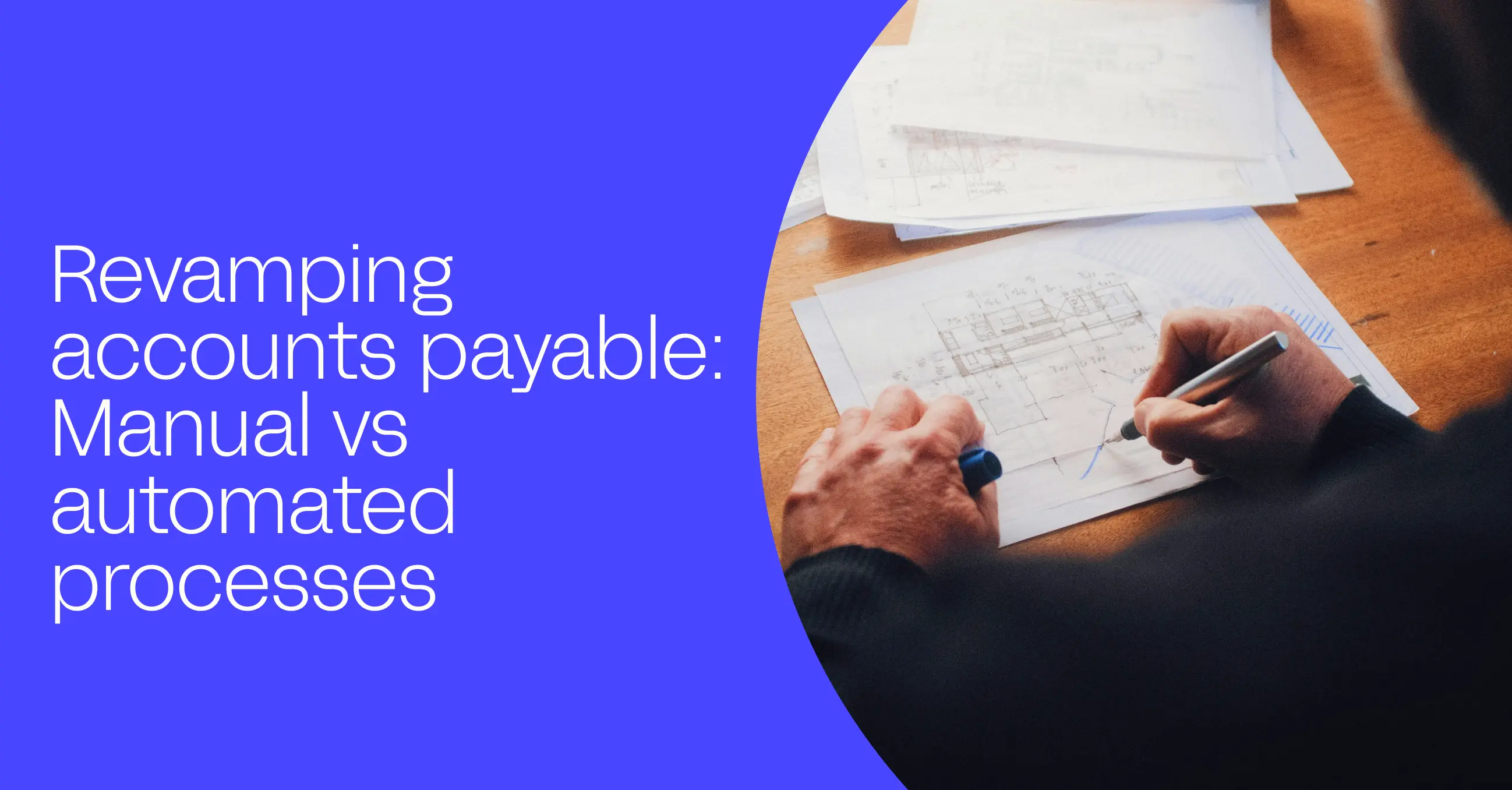How virtual credit cards work
Jo McCann
| June 3rd, 2021
Virtual cards have many added benefits that your company can take advantage of for online purchases and B2B payments. While the most common use is to prevent fraud, there are many ways that they give you and your team flexibility.
Credit cards have gotten more secure against fraud and hackers over time. Transactions have become more secure with microchips, fraud protection for unauthorized charges, and other advancements like the security code. Even with these advances, physical cards carry some risk, especially when given out to many suppliers or vendors. Fraudsters are always coming up with new ways to steal credit card information and commit identity theft, no matter how careful you are with your credot card.
Some major credit card issuers do have methods to help prevent this fraud. For example, Mastercard has a service called Masterpass. Visa, American Express, Discover, Divvy, and Eno offer similar services called a virtual credit card number. Virtual credit cards work in multiple forms depending on the card's issuer, but they aim to help facilitate secure online payments to any retailer.
What are virtual cards?
Virtual cards are also advertised as virtual debit cards or virtual account numbers. Virtual credit cards help you manage expenses securely. Virtual card payments are often handled through single-use virtual numbers that generate a new number for every purchase. They can also support recurring payments through a more static number setup that can quickly be closed or changed at will. Many providers allow for these to be integrated directly into your browser for easy use.
How does a virtual card work?
The features of a virtual credit card depend on the platform you use. Most of the time, a virtual credit card provides a new number that allows you to make transactions from your main credit card account without providing its actual number. These numbers are often easy to lock or cancel, helping lock any fraudulent activity without affecting your main account.
When you make virtual payments, virtual cards sometimes allow you to specify a spending limit. This feature is often used for recurring payments to ensure a merchant doesn't raise prices without you noticing. Some cards also allow you to only permit transactions from a specific merchant or a select group of people, again helping to safeguard against fraud.
Set up a virtual card
Setting up a virtual card will be different depending on who you use as a provider. In most cases, you first will have to have a credit card account set up with them. Once that is done, there are a handful of ways that you may have to set up the virtual credit card, whether through the provider's website or by calling them to set up the service. Depending on the card, it may be used in conjunction with a web browser add-in or app that you will have to install.
Manage your card settings
When setting up the virtual credit card, you can choose options such as how long you want the card to stay active, who can charge to it, and other similar settings. With some cards, you can limit the charges so that you aren't overcharged for any purchases, or so employees using the cards don't go over budget. These limits can work on a month-to-month basis as well for subscriptions or recurring purchases. Another standard option is a virtual one-time use card, preventing a company from continuing to charge you after your initial purchase.
Monitor your purchases
Virtual credit cards allow you similar online visibility to what you get with a typical credit card company. Along with being easily displayed on a dashboard, you get any tools that your provider supplies, such as spending notifications. Some options even prompt your employees to fill out an informational survey sent directly to your accounting team, cutting out paperwork.
Benefits of virtual cards
Virtual cards have many added benefits that your company can take advantage of in online purchases and B2B payments. While the most common use is to prevent fraud, there are many ways that they give you and your team flexibility. From tracking integration to ease of use, there are many reasons to start using virtual credit cards.
Improved monitoring
Are you concerned about monitoring your vendor's activity? With the ability to open multiple unique virtual cards, you can easily assign one to each merchant you work with. This way, you can easily monitor how much money they are charging you or even set monthly limits. Some services allow for easily exportable data, helping your accounting team to integrate the data into their software efficiently. With many options, they will help track your purchases, saving your accounting department the work of monitoring receipts and transactions individually. Cutting out the task of identifying mystery transactions can also help save some time for your team.
Control staff spending
This improved monitoring also applies to tracking office expenses if you assign individual virtual cards per employee. That way, there are no missed expenses or unorganized submittals - everything is tracked through your virtual card account. Some companies choose to use these virtual cards to help expedite the purchasing process entirely, making waiting weeks for an approved purchase order a thing of the past. This shift can be significant for companies where quick turnarounds and fast decision-making are critical.
While giving employees more power to spend, you can also closely monitor and put limits on that spending. It is easy to set maximums for many virtual credit card services, and that can be turned into a month-to-month limit for those who will be spending regularly. On top of that, their monthly spending can be easily monitored by managers and accounting teams.
Fraud prevention
We have already talked a bit about virtual credit card safety, but there are a few factors to consider in the improved security they provide. Beyond being easily cancelable, the ability to create a one-time use card helps you when working with a new entity or vendor. On top of that, these cards are harder to steal because there is no physical card to clone or swipe from employees.
Ease of use
Depending on your provider, opening a virtual credit card often takes just the click of a button. Many companies have ease of use tools such as browser extensions that hold virtual card numbers for you or can let you easily generate new ones on the fly. The same goes for phone apps, which can help you easily track and create virtual cards as needed. Closing them out is often just as easy as opening them, making these cards incredibly user-friendly.
Are virtual cards safe?
Virtual cards are incredibly safe as a concept and that is their main feature. With that being said, if you don't use a large well-known company provider, make sure to vet any third-party companies carefully. Just like opening any financial account, do due diligence to make sure the company is legitimate and follows PCI-DSS (Payment Card Industry Data Security Standards).
If the company you choose is reliable, virtual cards are as safe if not safer than any credit card account you may open. They provide a layer of protection for your existing accounts and make dealing with fraudulent charges much less complex than if a hacker threatened your whole main credit account. Virtual credit cards allow for better tracking of B2B charges to ensure your vendors don't accidentally charge too much. If given to employees, they are not physical cards, so you can easily cancel them if someone is fired. For all these reasons and more, virtual cards provide a great financial safety net for your company.
Recommended Reading

Accounting
What is payment automation?
From fraud detection to reducing manual data entry, automation can help your team be more efficient and focus on much more crucial tasks than filing papers.

Accounting
Revamping accounts payable: Manual vs. automated processes
Learn how transitioning from manual to automated processes can revolutionize your Accounts Payable department while avoiding potential pitfalls.
